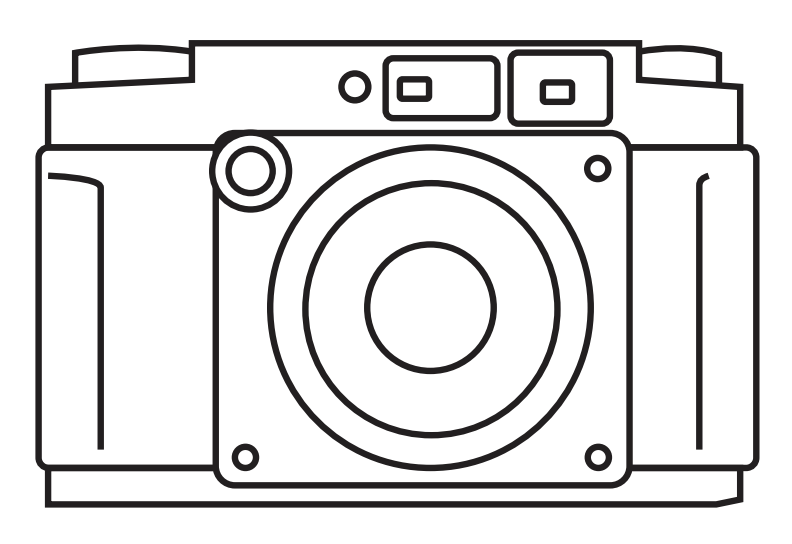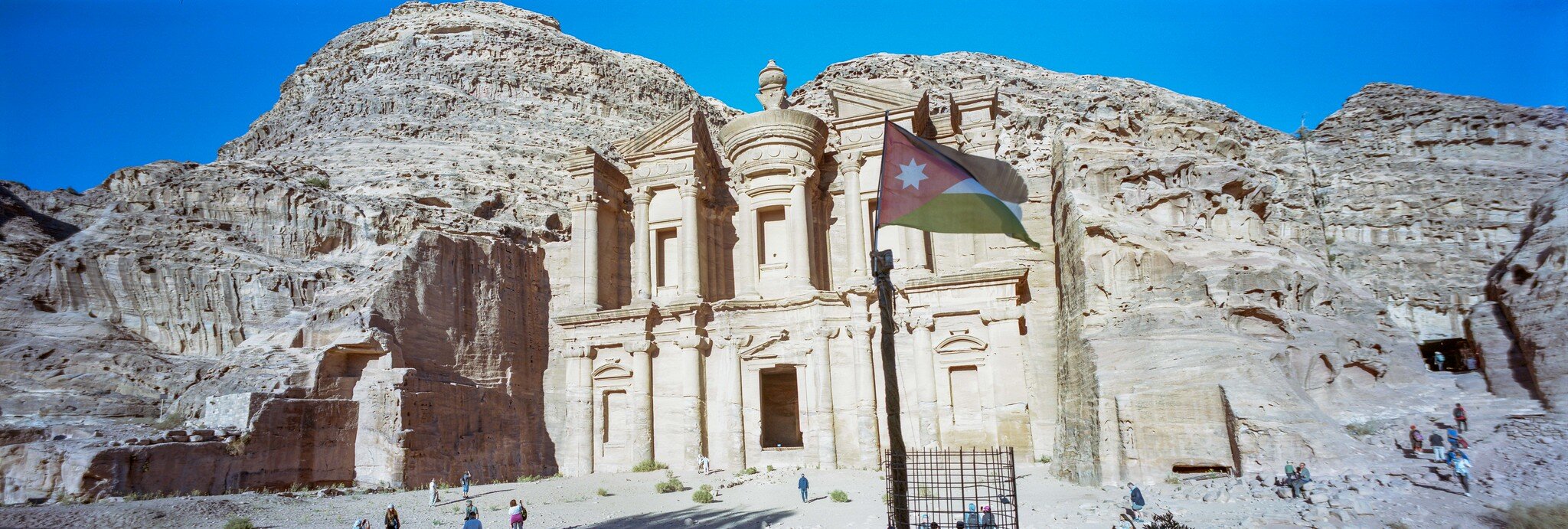K6x15Vx Panoramic Camera Review
K6x15Vx | Super Angulon 58mm | Wide Angle Viewfinder
Two years ago, I was given a panoramic 6x14 camera, it was designed around a 58mm Super Angulon, it gave me four frames per roll of 120 film; the camera traveled the world with me and I thoroughly enjoyed shooting with it. I shot some of my favorite photos with it but, over time the limitations of the camera did become frustrating. Every five rolls of film, I was wasting a whole roll as 120 film can fit 5 6x14 frames, there was no way to focus the camera, save the aperture, and it was a bit bigger camera, though it was a tank. The camera eventually broke at the Avenue of the Baobab in Madagascar, which was the whole reason I brought the camera, so it seemed apropos that the camera’s last frames were here.
Over the preceding months, I had been following a design by someone on a forum I frequent, RangeFinderForum, of a 6x14 panoramic camera. This camera was designed around a 90mm, had a focus helical, was smaller than my current 6x14 camera, and gets a full five frames a roll. Coincidentally, when I was in Madagascar, I received a message saying that the camera was ready to be used. However, similar to the previous camera, I had a 58mm and was curious if it could be worked into the design. Luckily for me, Pali was glad to work it out. After an initial cone design that blocked the corners of the image circle, we (he did, I didn’t do anything, I’m useless) got up and rolling.
The Camera
When I originally started writing this review, I was using the first camera, a 6x14. However, Pali offered me a 6x15 camera. For all intents and purposes, these two cameras are the exact same camera, one has a slightly wider frame.
All the parts and pieces
The camera kit comes with a top plate, lens cone and helical, and the back. The plastic is thinner than my previous camera, and as such it feels less sturdy. However, the camera is rock solid in operation and feel, and because of its thinner and more precise printing, it is much lighter and much more compact. The camera itself is a compilation of multiple printed parts glued together. The knob system is integrated into the top plate and non-removable (though if they break, which mine did once, they are easily fixed). The tripod plate on the bottom of the camera holds the camera level on mine, though the back is raised off the ground ever so slightly. On the 90mm cone, the back and tripod plate make the camera sit flat and level.
This camera has a helical, something I thought I would be using all the time, but have only actually used a few times. There is a slight tolerance in the printing of this (by design) which allows a slight wiggle. I put a bit of tape on the threads so that it does not wiggle anymore, and there is more friction with focus. There is also a slight gap between the cone and the body (again, by design) some tape here prevents the slight wiggle, too. The top plate screws onto the body, holding the whole camera together. I have full confidence in the build quality of this camera, even though it is not as sturdy feeling as my last camera.
In Use
The camera is straightforward to use, load the film, wind, shoot. Removal of the top plate and lens cone allow the user to load the film. Removing the cone isn’t needed, but it just makes the whole process a little more simple. There are two screws, with 3d printed knurls on them, holding the top plate onto the body.
Wadi Rum, Jordan. Kodak E100sw (Click for full sized version)
The only frustrating part of this camera is the film loading. There are two clips, one for the roll of film you’re shooting, one for the take-up spool. They are there to hold the film tightly onto the spool and work perfectly. The issue is that the camera is designed to drop the film in from the top while pulling the film across the back, all while holding the clips onto the rolls. This part of the process took some getting used to and caused me a lot of frustration.
The back of the camera has a window to see the frame numbers printed on the paper, as well as reminder numbers printed on the back. The numbers are 3, 6, 9, 12, and 15. All the user has to do is line the numbers up in the window and you’re set for shooting. A huge improvement added to the camera were locks to hold the knobs in place. Having had a few issues with loose film, Pali set to making a system to replicate my rubber band method; I had been using rubber bands around the wind knobs to keep them in place. The system he came up with incorporates “locks” that are screwed down to prevent any loosening of the wind knobs. The locking system works perfectly. At the end of the roll, it is best to remove the film once it has come off the original roll. Leaving a slight leader out allows you to pull the film out easier, while also not making the roll too tight for the clip on the take-up spool.
Framing with this camera isn’t that easy, as it has no viewfinder. I ordered a viewfinder for a 6x17 camera that fits in the cold shoe on the top plate of the camera. While it isn’t perfect, it does allow a much more accurate idea of what you’re framing and shooting. This is the viewfinder I use. This viewfinder is all metal and adds a bit of heft to the camera, but in practice having it is much better than not having it.
The shutter speed and aperture are on the lens itself. The shutter is a Copal 0, which gives me Time, Bulb, and speeds between 1 second and 1/500th. Apertures from f5.6 to F45, though I keep it around f8 and f11 for almost everything. The depth of field for this extreme wide angle allows me to not worry too much about focusing, as the depth of field is enormous. I thought I would use the helical all the time, but 9 out of 10 shots are shot at infinity. I did try some “street photography” with the camera in Israel, but I did not have the focus set correctly.
K6x15Vx
Final Thoughts
This camera is the best cost/performance camera I’ve used for panoramic. The body sits somewhere around 150 bucks, while the lens hovers between 500 and 800. The lens the camera was originally designed for is much cheaper, meaning you can get this 6x14/6x15 camera up and shooting for under 500 dollars. The camera is both compact (for what it is) and extremely light, making it the perfect travel panoramic camera. One huge advantage of this camera is that Pali is constantly making improvements, such as the locking wind knobs. All around, this camera is a big achievement in design and 3d printing, and I really love it. It is the best way to get into panoramic cameras without breaking the bank.
If you have any interest in buying one, the supply is a bit off and on, as they are each printed on demand. Leave a comment or shoot me an email and I can link you up with the maker.
Wadi Rum, Jordan. Fuji Provia 100f
The Monastery, Petra. Portra 400
Sheikh Zayed Mosque, Abu Dhabi. Portra 400
Sheetz | Fuji Pro 160ns
Radioshack | Pro 160ns
USPS | Pro 160ns
Shooting off Wizz-Bangs | Pro160ns




